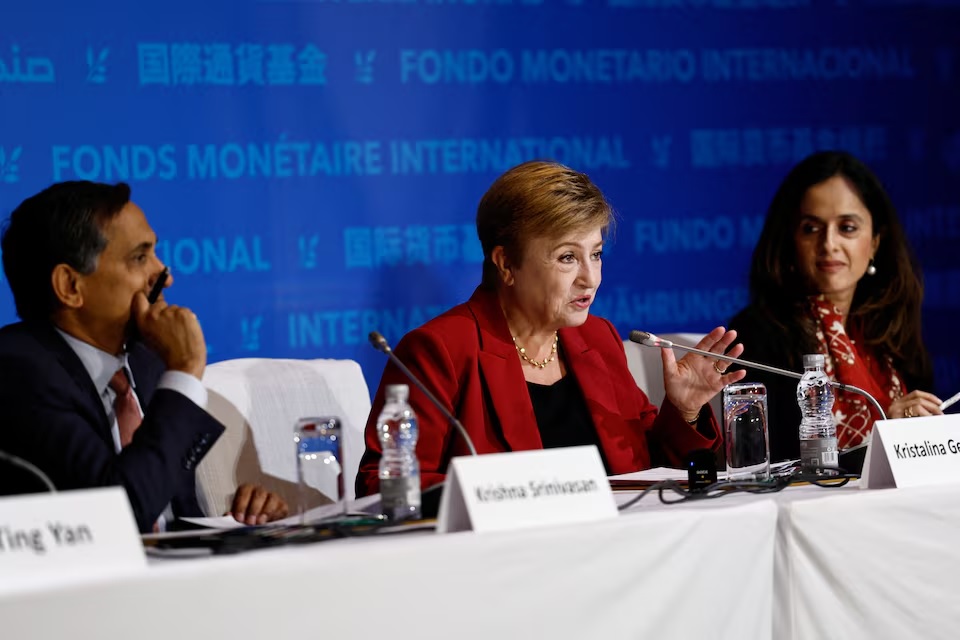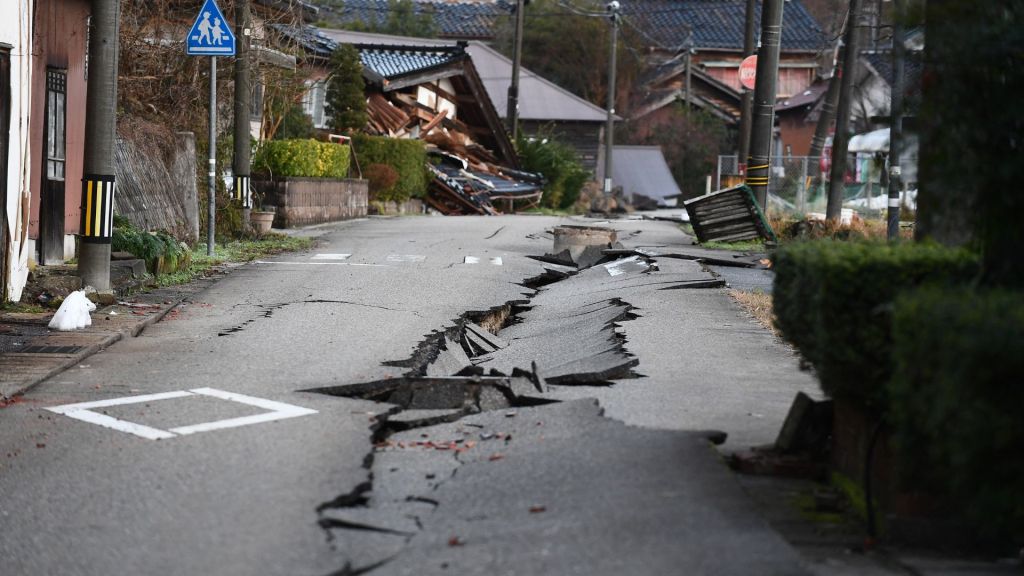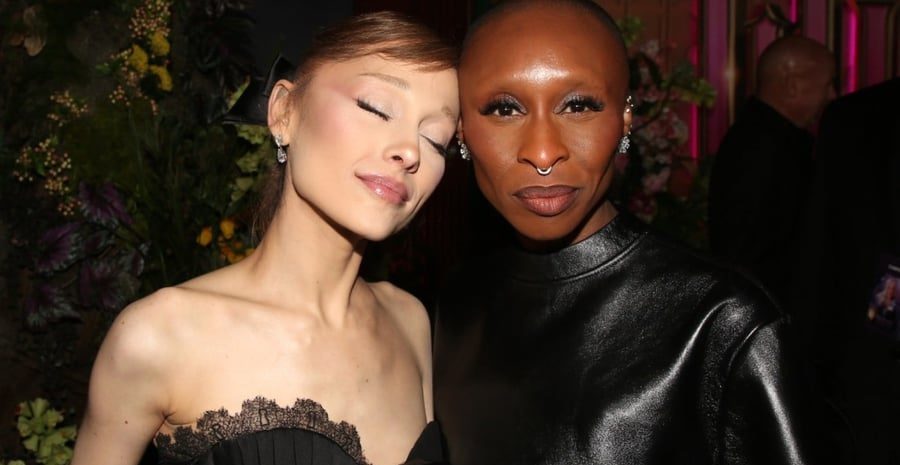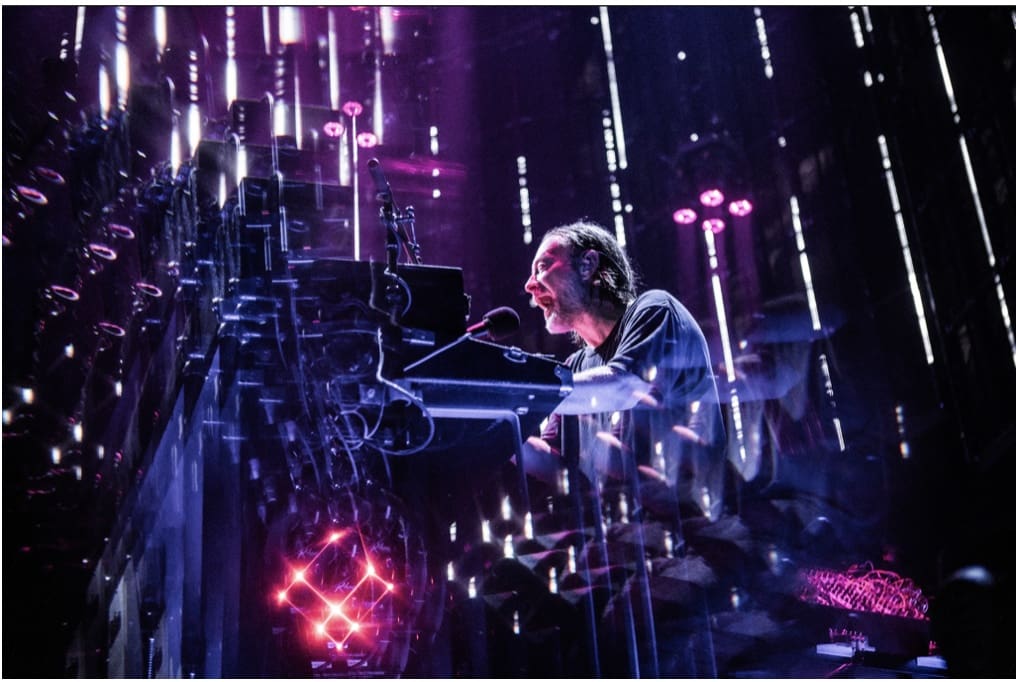Halloween TV still belongs to “event nights,” not just streaming queues

The comfort economy of spooky season
Broadcasters and streamers are both chasing Halloween weekend, but in very different ways. Public-service and legacy broadcasters are leaning on live, all-family viewing blocks: reality competitions, themed specials, nostalgia-heavy movies, and late-night true-crime or paranormal documentaries. The formula is simple and old-fashioned — make everyone sit down at the same time, react together, and carry that conversation into work and school on Monday. Executives argue this is still one of the few places they can prove their value against pure on-demand platforms. Big tent Saturday-night shows in the UK, for example, are still treated like national rituals even in a streaming-heavy year.
Streaming services, by contrast, are flooding October with horror catalog drops, “true crime for bedtime” documentaries, and binge-ready spin-offs. The pitch is not “watch this at 8:20 p.m. sharp.” It is “we have a mood for every couch in the house.” Platforms are stacking classic slashers, family-safe spooky animation, and prestige serial-killer docs side by side. The result is that Halloween is no longer just one big night; it is a multi-week content lane they can monetize with bundles, trials, and “add this channel for the holiday” upsells. Viewers who would once rent one scary movie now live inside a rolling season of curated fear.
Why this matters for culture and money
Linear broadcasters need hits they control. A Saturday tentpole gives them hours of halo programming: news, variety, comedy, sports highlights. That makes a case for licence fees and public funding at a moment when budgets are under pressure. It also lets them say, “We still set the national conversation.” Meanwhile, streamers want ownership of your habits, not just your attention at one hour. By surrounding Halloween with wall-to-wall horror drops, nostalgia revivals, and true-crime debuts, they try to turn seasonal viewing into a subscription trigger. The question for 2025 is whether that strategy can still feel communal — or whether Halloween becomes one more personalized algorithm bubble.
Analysts say both sides now sell comfort as much as fear. Audiences are anxious and overloaded by bad news. A familiar dance-off or a predictable slasher sequel is easy, repeatable, and safe. That reliability has become a core product. In a fractured entertainment market, spooky season is no longer only about scares. It is about stress relief on demand.






















